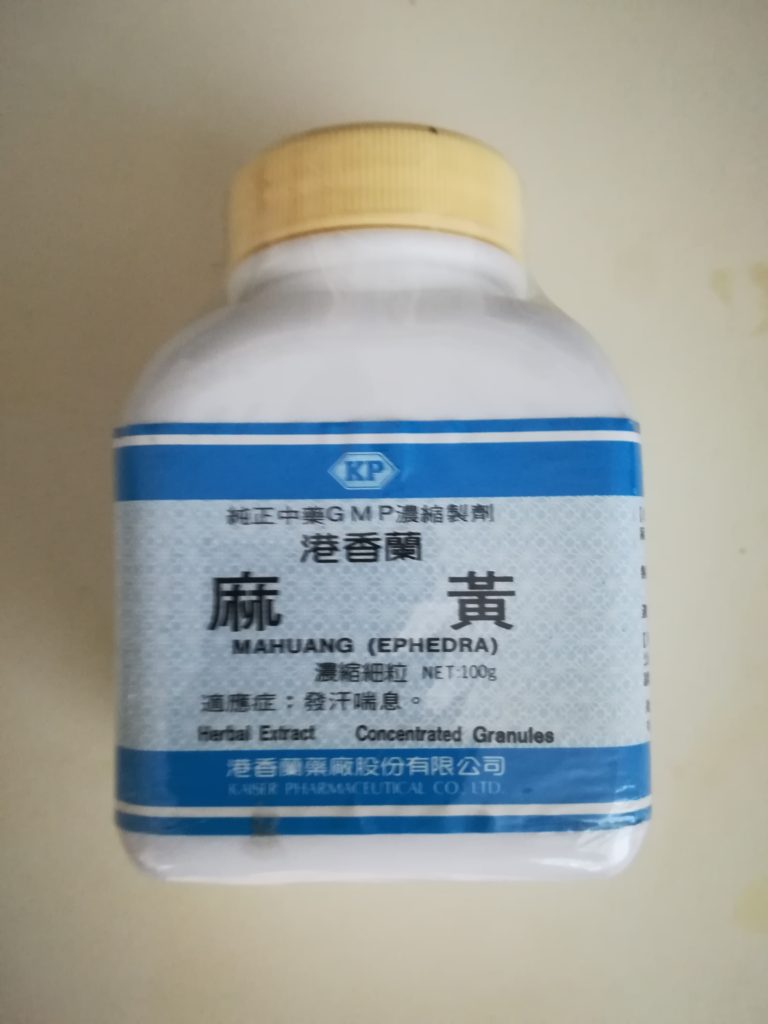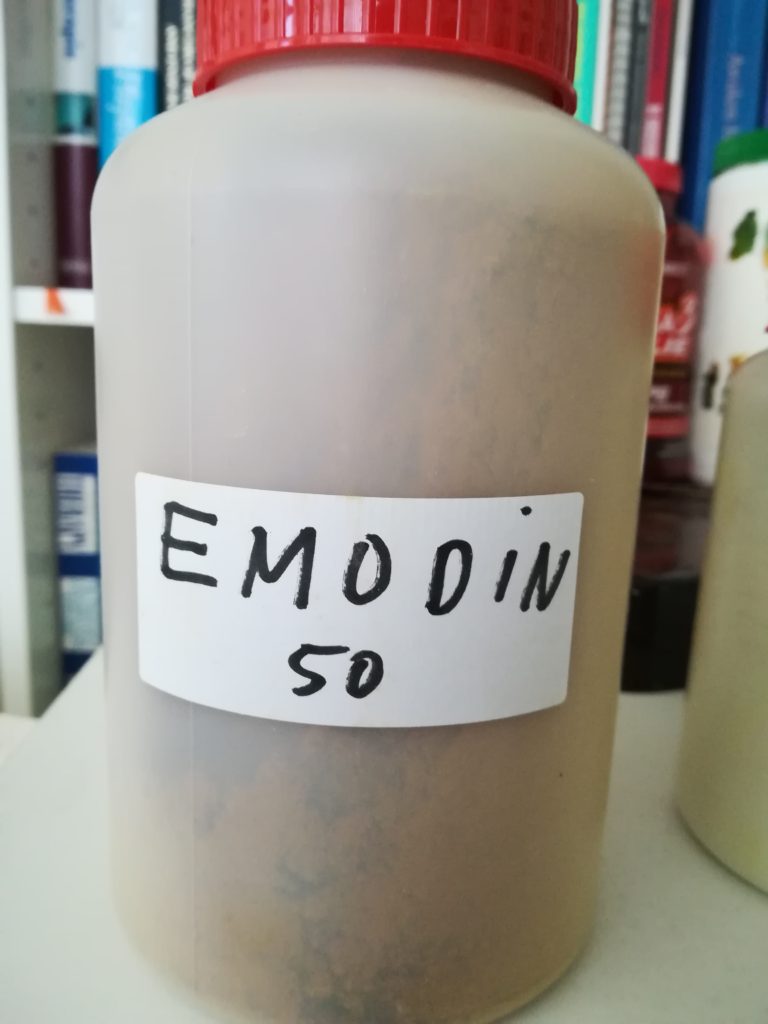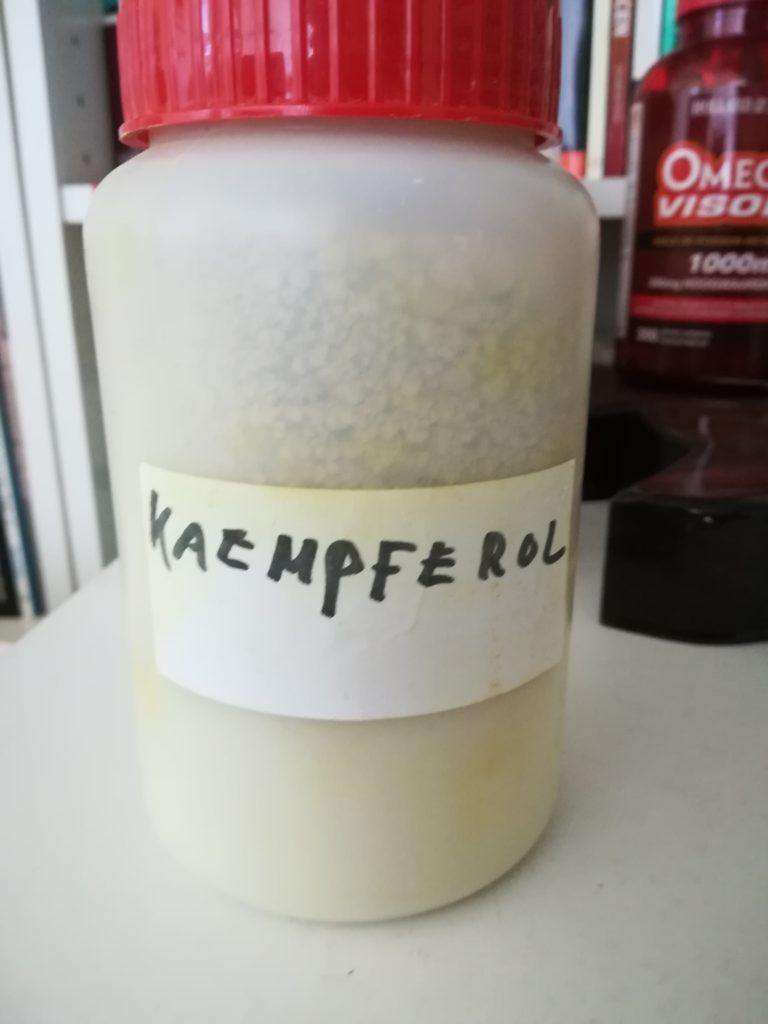Since there was a lot of enthusiasm about the last two posts of this blog, , I will continue to support your quest to stay healthy.
Especially since the last outbreaks of viral infection in this millennium, researchers have been searching for components that slow down or stop the replication of the virus. So far it has not been possible to up with the perfect antivirus compound yet. However, many compounds have been screened for antiviral-activity and quiet a lot have been found also. (1, 2, 3, 4, 5, 6) Main questions here are: do these compounds work and are they safe? According to the researchers, the answer is YES!
Since the pressure to find a cure is high, also less obvious compounds and treatments have been tested and found useful.
Many of these compounds are gifts of Mother Nature or older synthetic compounds of which the patent has run out. Sad enough, and this is how it has become: no profit to be made, no medication to be developed.
Looking back at the research done in this area, quite a few components proved to be useful. A few of them I have already mentioned in the last blog.
I don’t know I you can get those compounds easily, but at least, if I did, you can do it too.
Ephedra sinensis (Ma Huang): “good old” Ephedrine: in Holland and Belgium, known as the famous Nattermann Bronchicum Elixer, helps in the terms of Traditional Chinese Medicine of a Corona infection being: ” Cold-Damp Invading the Lungs”. Thirty COVID-19 patients have been cured by using Ephedra and other antiviral compounds (7)

Vitamin C: again, known for a long time for it wide spectrum of activities, it’s role in combating infections becomes more and more clear, however, a 50 or 100 mg dose won’t do the trick, higher does are necessary (8,9)
Emodin: another component from plant origin, found in buckthorn and rhubarb (10,11)

Kaempherol: the same, extracted from plants and found in capers, rucola, broccoli, kale (12)

Limited bibliography:
1. Vlietinck, D.J; Vanden berghe, D.A: Can ethnopharmacology contribute to antiviral drugs; Journal of Ethnopharmacology, 32 (1991) pg. 141-153.
2. Li, S: Identification of natural compounds with antiviral activities against SARS-associated coronavirus; Antiviral Research 67 (2005) pg.18–23
3. Marathe, S.A: Herbal Cocktail as Anti-infective: Promising Therapeutic for the Treatment of Viral Diseases; Recent Patents on Anti-Infective Drug Discovery, 2012, 7, pg. 123-132.
4. Huang, J: Antiviral Herbs – Present and Future; Infectious Disorders – Drug Targets, 2014, 14, pg. 61-73.
5. Pyrc, K: Antiviral Strategies Against Human Coronaviruses; Infectious Disorders – Drug Targets 2007, 7, pg. 59-66
6. Wu, C.Y: Small molecules targeting severe acute respiratory syndrome human coronavirus; Proc.Nat.Acad.Sci. July 6, 2004 .vol. 101 no. 27, pg.10012-10017.
7. Juan, C: Medical Records from a Young and Brave Female Traditional Chinese Medicine (TCM) doctor on Fighting the COVID-19; Lotus Institute of Integrative Medicine, 2020. E-article
8. Saul, A.W: Hospital-based Intravenous vitamin C treatment for Coronavirus and related illnesses; Orthomolecular News Service, 2, 2, 2020.
9. Hemila, H: Vitamin C and SARS coronavirus; Journal of Antimicrobial Chemotherapy, 2003 Dec;52(6): pg.1049-50
10. Schwarz, S: Emodin inhibits current through SARS-associated coronavirus 3a protein; Antiviral Research 90 (2011) pg. 64–69.
11. Ho, T.Y: Emodin blocks the SARS coronavirus spike protein and angiotensin-converting enzyme 2 interaction; Antiviral Research 74 (2007) . pg. 92–101.
12. Schwarz, S: Kaempferol Derivatives as Antiviral Drugs against the 3a Channel Protein of Coronavirus; Planta Med 2014; 80: pg. 177–182.
